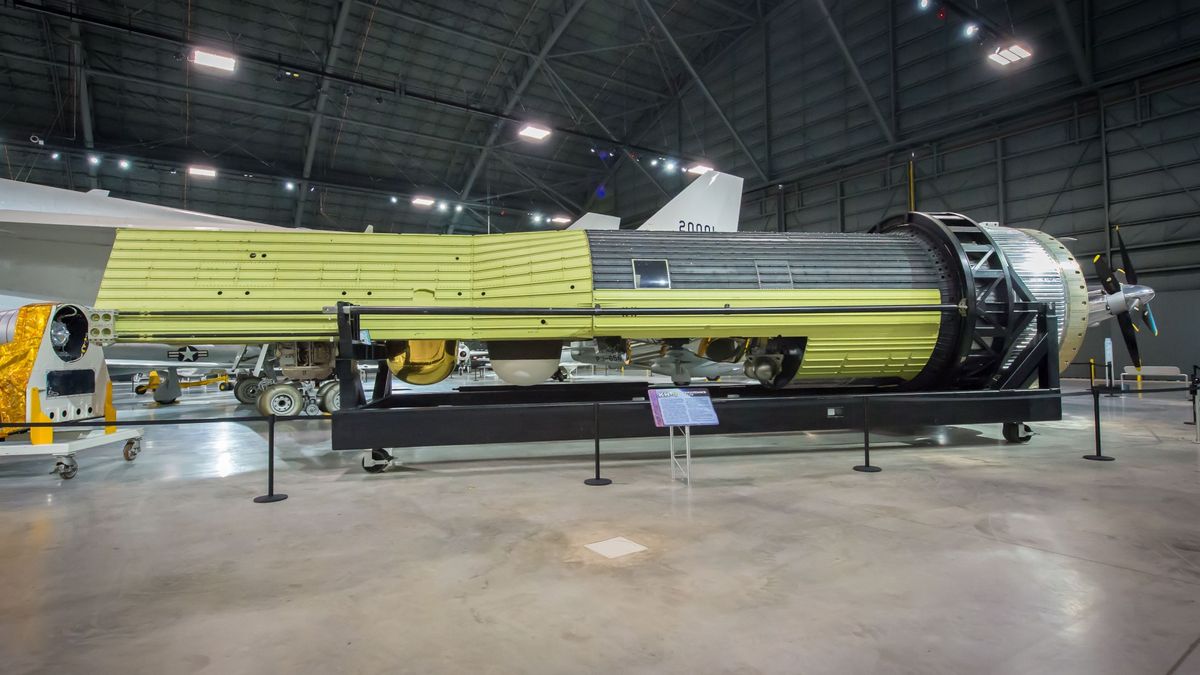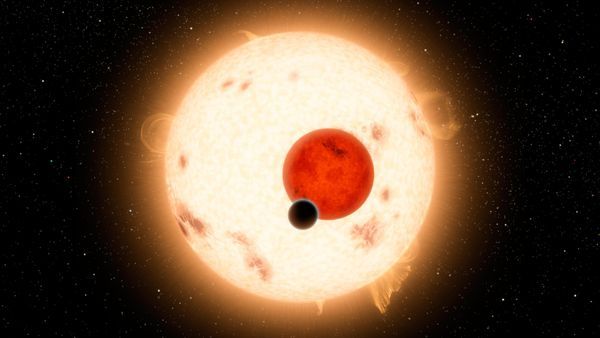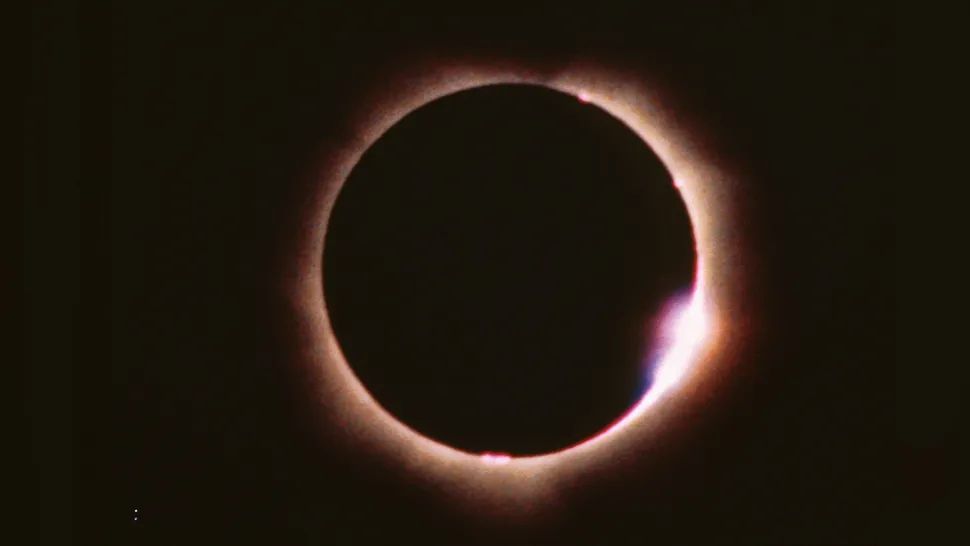Rediscovery of Missing Satellite after 25 Years Lost in Space
Following a remarkable 25-year absence, an experimental satellite launched in 1974 has been located through the meticulous tracking efforts of the U.S. Space Force. The satellite in question, known as the Infra-Red Calibration Balloon (S73-7), embarked on its celestial journey on April 10, 1974, under the auspices of the United States Air Force’s Space Test Program.
The S73-7 satellite, measuring 26 inches in width (66 centimeters), was initially part of a larger initiative dubbed “The Hexagon System,” where it was deployed from the KH-9 Hexagon satellite once in orbit. With plans to serve as a calibration target for remote sensing equipment, the S73-7 was intended to inflate and fulfill its designated role. However, the deployment process did not unfold as anticipated, leading to the satellite fading into obscurity and becoming yet another piece of space debris.
Rediscovery and Analysis
Remarkably, the lost S73-7 satellite resurfaced in April, prompting further investigation and analysis. Astrophysicist Jonathan McDowell, associated with the Harvard-Smithsonian Center for Astrophysics, delved into the data archives to unveil the satellite’s intriguing journey. McDowell’s findings revealed that the satellite had evaded radar detection not once, but twice — first in the 1970s and then again in the 1990s.
The elusive nature of the S73-7 satellite poses a unique challenge, with its potentially minimal radar cross section complicating tracking efforts. McDowell theorized that the item under scrutiny might not be the satellite itself, but rather a component that failed to deploy correctly, thereby eluding radar detection.
The complexity of monitoring objects in orbit is underscored by the sheer volume of satellites and space debris present, exceeding 20,000 entities. Ground-based radar and optical sensors play a crucial role in tracking space debris, facilitating the inclusion of relevant objects in satellite catalogs. However, distinguishing and accurately identifying each item present numerous challenges.
Engineering and Tracking Mechanisms
Engineers face the daunting task of predicting the trajectory and altitude of satellites post-launch, enabling proactive monitoring and adjustments. Deviations from initial maneuvering plans or unforeseen drifts in orbit can complicate the tracking process, requiring recalibration and meticulous monitoring efforts.
McDowell highlighted the intricate nature of tracking lost satellites, emphasizing the importance of meticulous data analysis and matching orbital parameters to identify elusive objects in space.
The rediscovery of the long-lost S73-7 satellite serves as a testament to the dedication and expertise of the space community in monitoring and safeguarding orbital activities. As the number of satellites entering space continues to rise, the challenge of identifying and monitoring orbital objects intensifies, underscoring the need for vigilance and precision.
McDowell emphasized the significance of thorough monitoring efforts, stressing the importance of maintaining accurate cataloging and tracking practices to mitigate potential risks associated with unidentified space objects.
Image/Photo credit: source url





